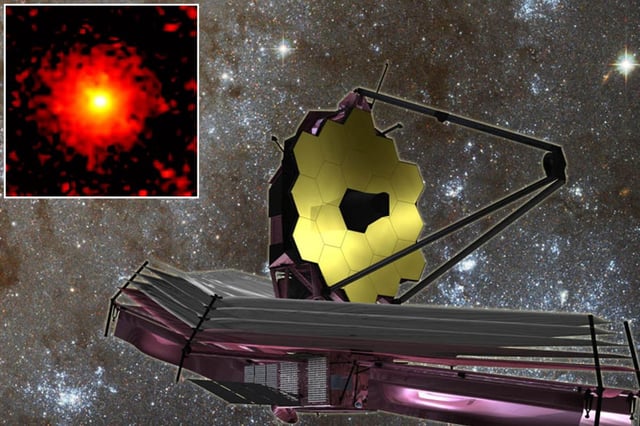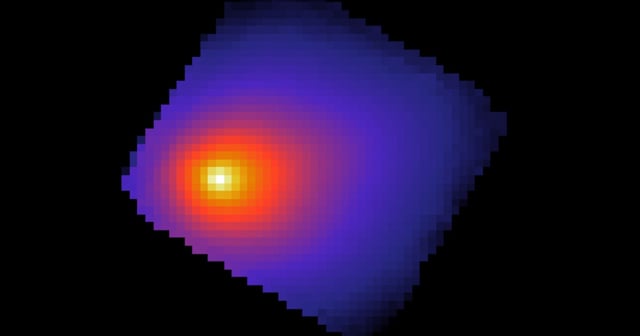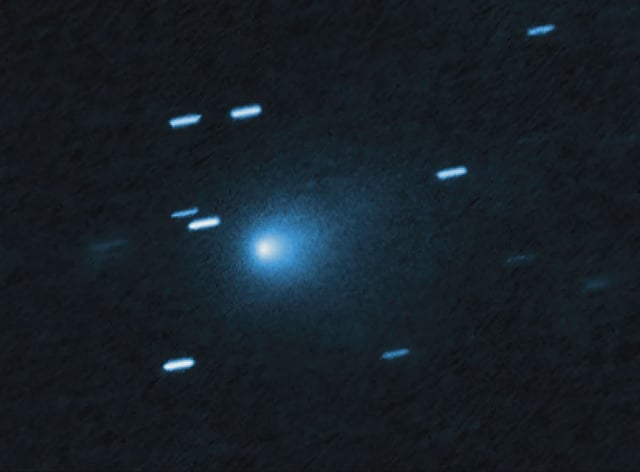Overview
- JWST observed 3I/ATLAS with NIRSpec on August 6, and the team posted initial results on August 25 as a preprint that has not yet been peer-reviewed.
- Spectra identify CO2, water, carbon monoxide, water ice and carbonyl sulfide, with a measured CO2/H2O ratio of about 8, among the highest recorded for a comet.
- NASA’s SPHEREx independently detected a vast CO2 coma extending at least 348,000 kilometers and estimated CO2 production of roughly 69 kilograms per second while placing low upper limits on water and CO.
- Hubble imaging constrained the nucleus to a maximum of about 5.6 kilometers across and revealed a teardrop-shaped dust coma consistent with an active comet.
- The object is the third confirmed interstellar visitor, is traveling faster than 130,000 mph, and researchers emphasize a natural cometary origin despite speculative claims circulating in media.


